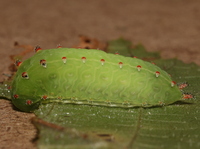
| Recorded by: David George, Jeff Niznik on 2025-09-14
Durham Co.
Comment: | 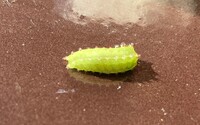
| Recorded by: K. Bischof on 2025-09-13
Transylvania Co.
Comment: |

| Recorded by: David George on 2025-09-10
Durham Co.
Comment: | 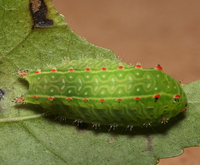
| Recorded by: David George on 2025-09-10
Durham Co.
Comment: |

| Recorded by: David George on 2025-09-10
Durham Co.
Comment: | 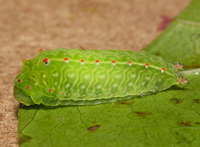
| Recorded by: David George on 2025-09-06
Durham Co.
Comment: Feeding on Sweetgum |
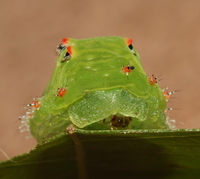
| Recorded by: David George on 2025-09-06
Durham Co.
Comment: | 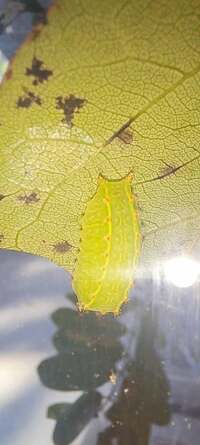
| Recorded by: Allison Garton on 2025-08-31
Moore Co.
Comment: |

| Recorded by: Patrick Coin and Jim Petranka (photo). on 2025-08-31
Richmond Co.
Comment: | 
| Recorded by: Mark Basinger on 2025-07-24
Brunswick Co.
Comment: |

| Recorded by: Mark Basinger on 2025-07-21
Brunswick Co.
Comment: | 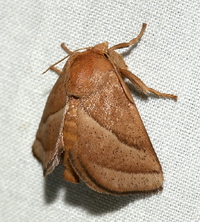
| Recorded by: David George, Patrick Coin on 2025-06-29
Moore Co.
Comment: |
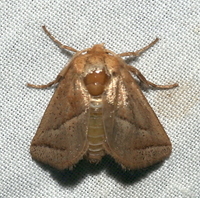
| Recorded by: David George, David Bradley, Becky Watkins, David Cheng, Michelle Lotker, Tracy Feldman, et al. on 2025-06-28
Durham Co.
Comment: | 
| Recorded by: Melody McMichael on 2025-06-26
Forsyth Co.
Comment: |

| Recorded by: Mark Basinger on 2025-06-23
Buncombe Co.
Comment: | 
| Recorded by: Mark Basinger on 2025-06-23
Buncombe Co.
Comment: |

| Recorded by: Lenny Lampel on 2025-06-03
Mecklenburg Co.
Comment: | 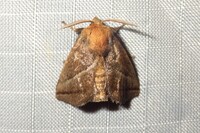
| Recorded by: Lenny Lampel on 2025-06-03
Mecklenburg Co.
Comment: |

| Recorded by: Michael P. Morales on 2025-05-21
Cumberland Co.
Comment: | 
| Recorded by: Michael P. Morales on 2025-05-21
Cumberland Co.
Comment: |

| Recorded by: Jeff Niznik, David George on 2024-09-07
Alamance Co.
Comment: | 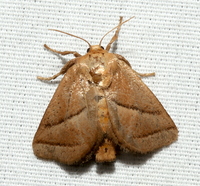
| Recorded by: David George on 2024-07-15
Chatham Co.
Comment: |
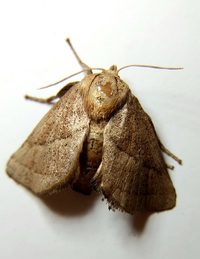
| Recorded by: Mark Basinger on 2024-07-14
Brunswick Co.
Comment: | 
| Recorded by: Mark Basinger on 2024-07-14
Brunswick Co.
Comment: |
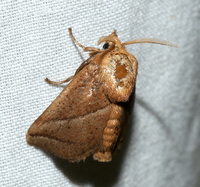
| Recorded by: David George, Jeff Niznik on 2024-07-08
Chatham Co.
Comment: | 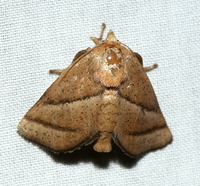
| Recorded by: David George on 2024-07-04
Chatham Co.
Comment: |
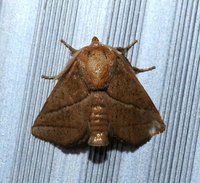
| Recorded by: David George, Jeff Niznik, Stephen Dunn on 2024-06-29
Chatham Co.
Comment: | 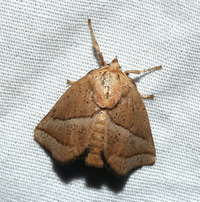
| Recorded by: David George, Jeff Niznik, Stephen Dunn on 2024-06-29
Chatham Co.
Comment: |
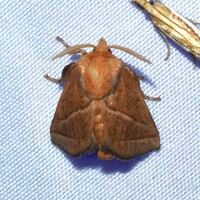
| Recorded by: Jeff Niznik on 2024-06-26
Orange Co.
Comment: | 
| Recorded by: H. Talcott on 2024-06-25
Moore Co.
Comment: |
|

 »
»

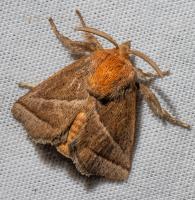

 »
»

